Math –
Ms. Andrea’s math group launched our graphing unit by making a T chart of our favorite weekend day, and then used our data to create a bar graph. We learned that scientists use graphs to organize information and learned vocabulary for parts of a graph. We also graphed: land animals vs sea animals, monthly Texas weather trends and numbers (< or > 1,000). The Beta 1s practiced reading bar graphs and pictographs and answering questions about their data. So many graphs!! Later in the week we took a look at some survey questions. We answered one about after school activities and used our data to create a bar graph. Then, we each chose our own survey question, polled the group and entered our data onto a tally chart. Finally, we put our data into a bar graph, answered questions on it and shared our results. This week we also learned a couple of graphing games and were individually assessed on subtraction fact fluency!

| 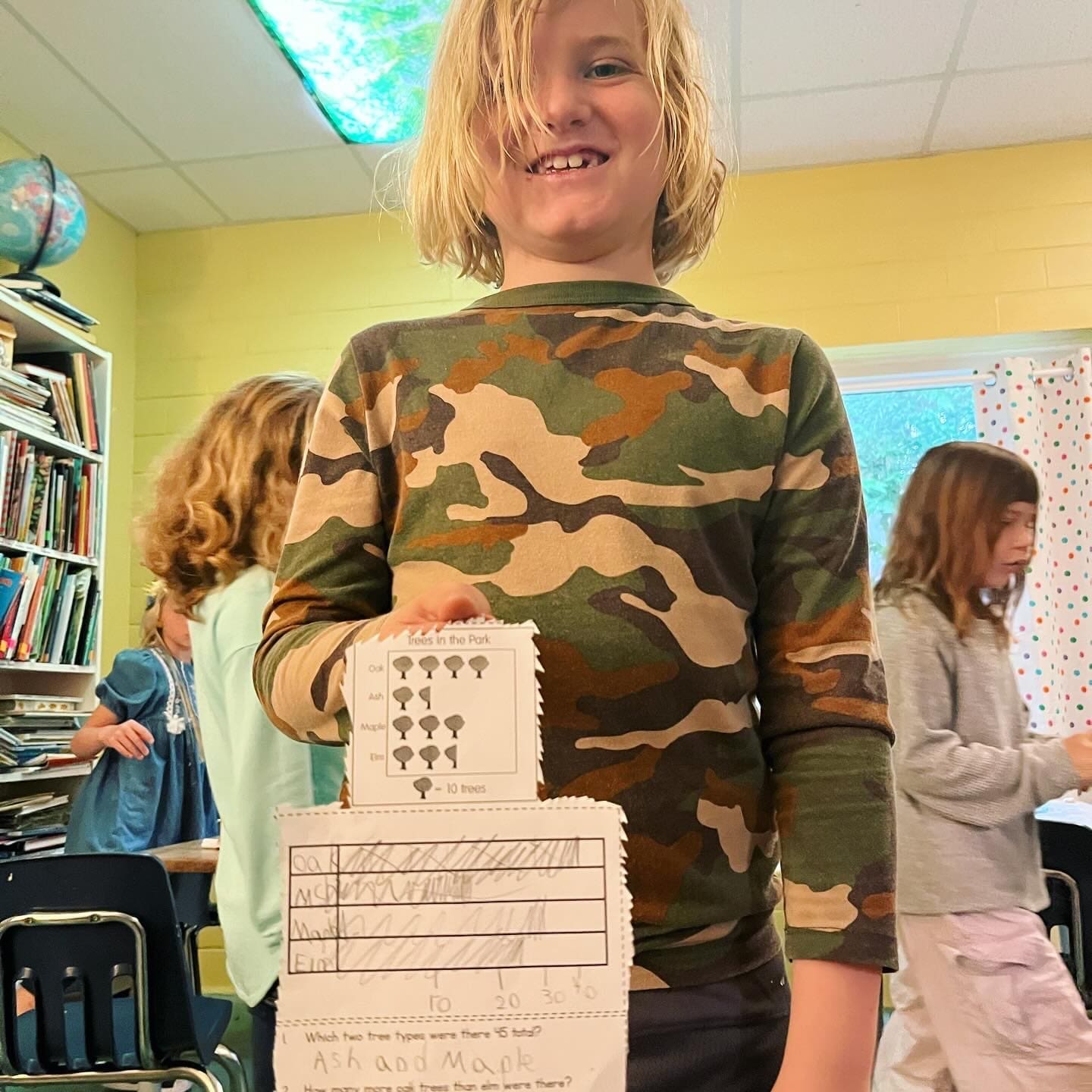
| 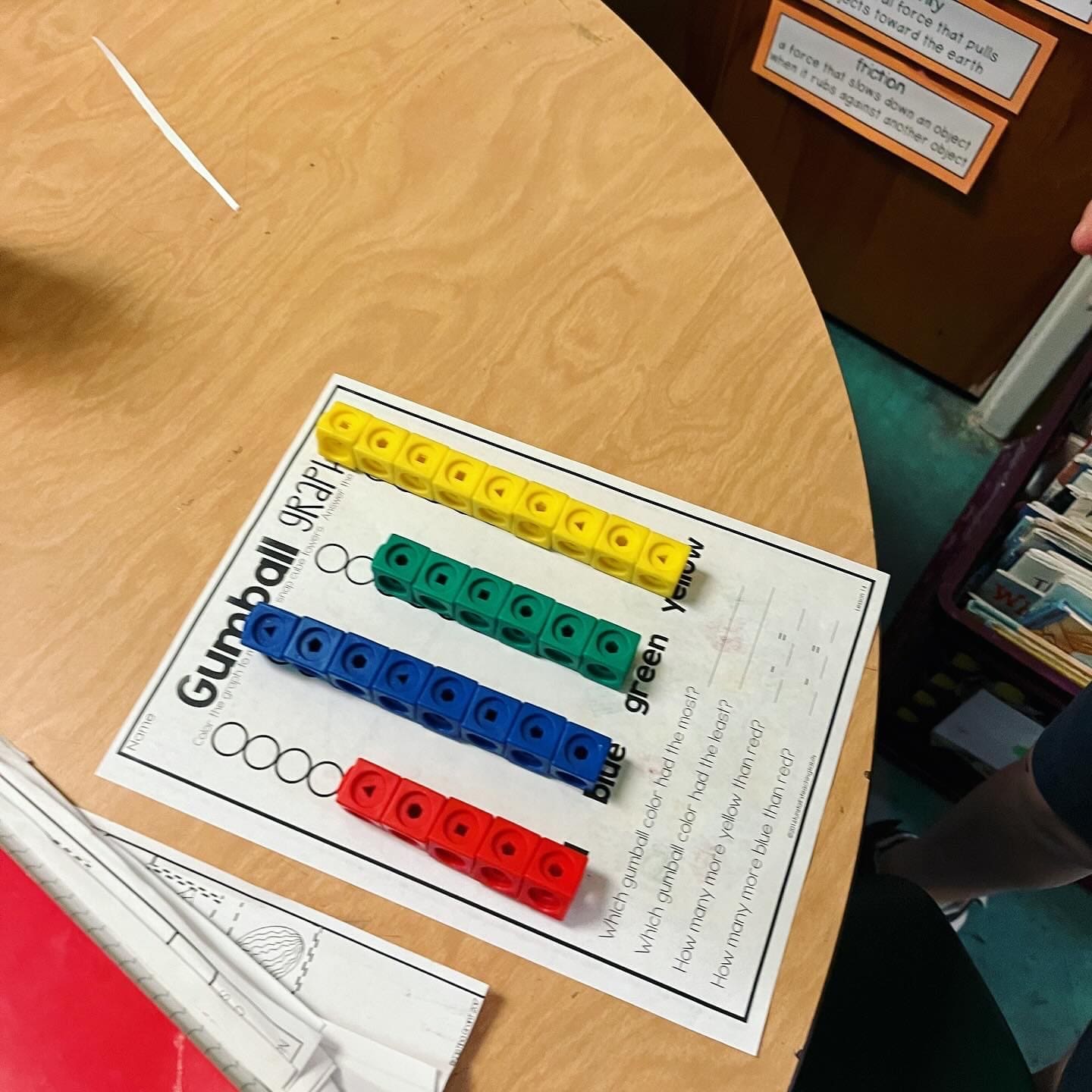
|
|---|
Ms. Kelly’s math group modeled fractions that are greater than one whole and represented the model as a fraction. As we drew models and wrote the fractions that represent the models and determined the whole number, we discovered that 6/2 equals 3 wholes because 2 goes into 6 three times! This baby step gets us familiar and prepped for learning equivalent fractions next week! And of course we played some fluency games and multiplication or division fluency packets when we finished with our independent work
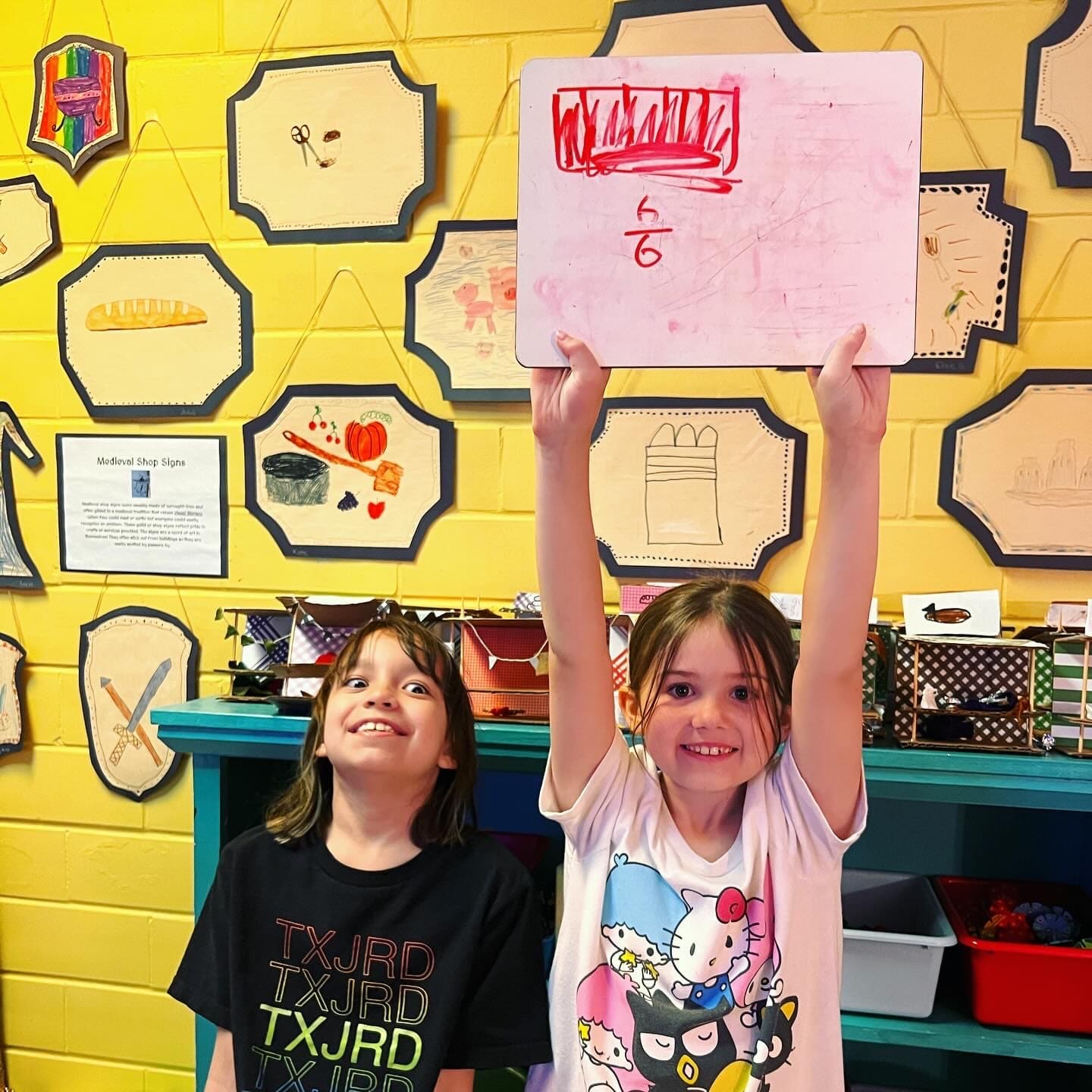
| 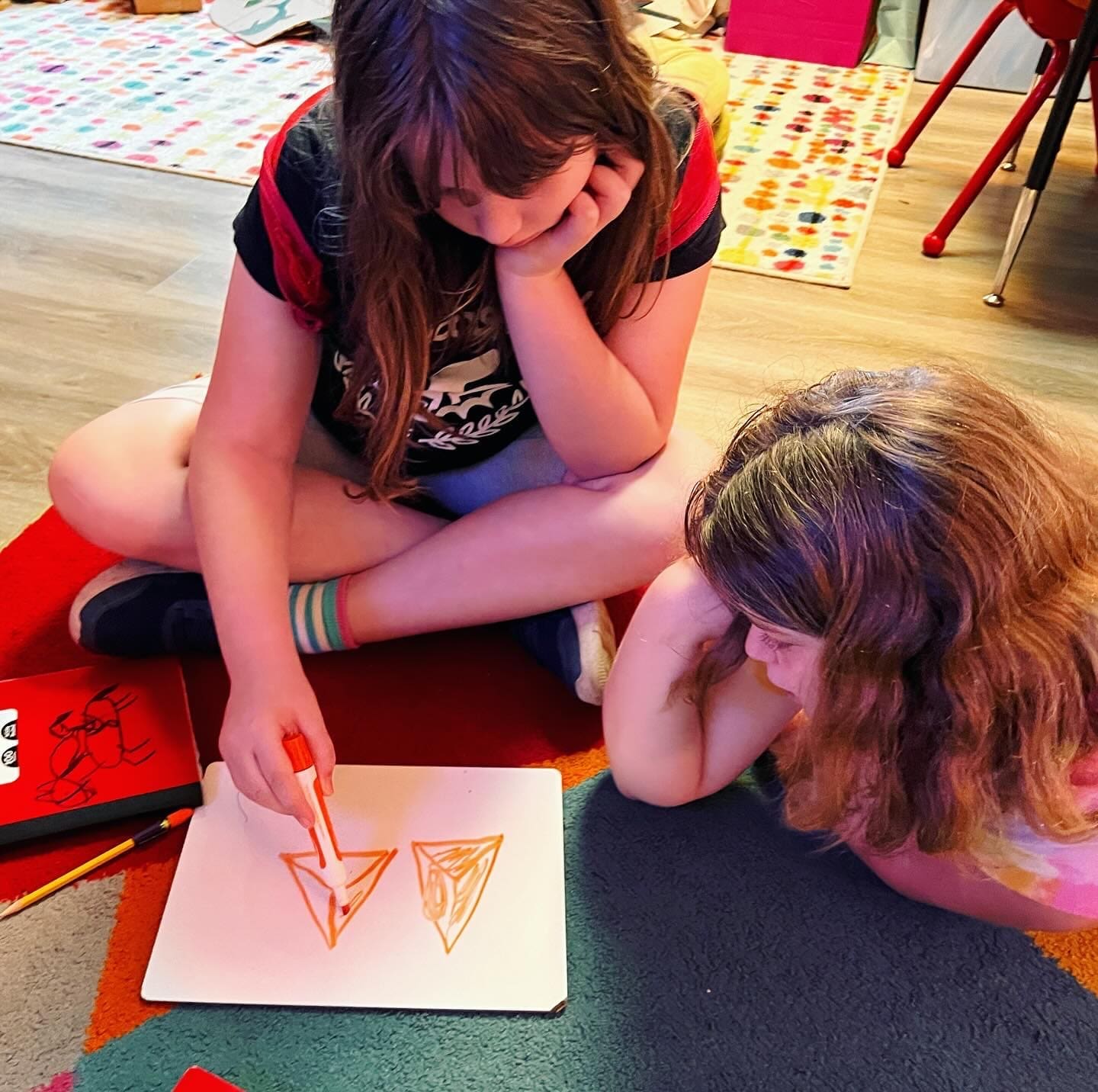
| 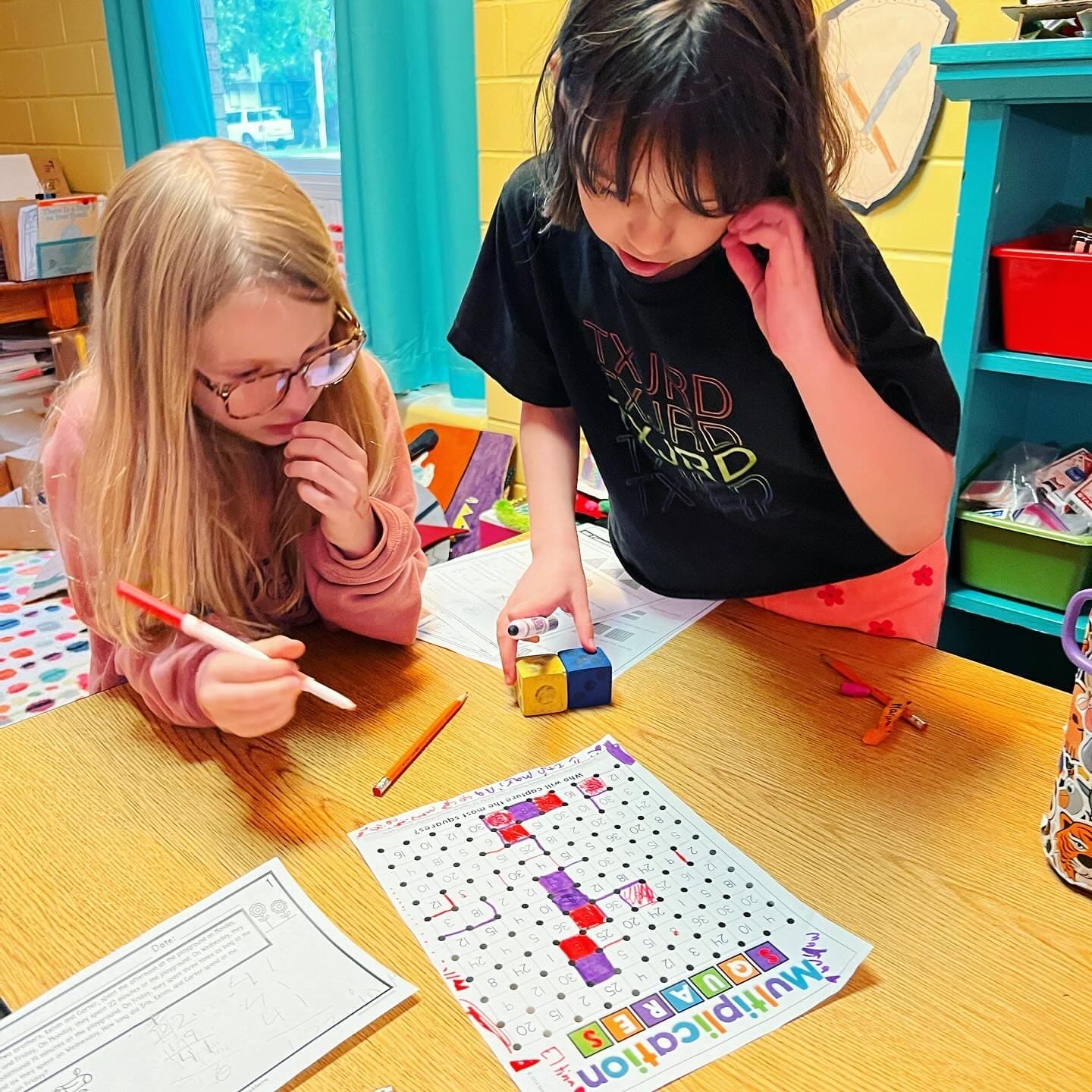
|
|---|
Literacy –
In writing the Betas are working furiously on their fairy tales! Many kiddos have finished their first drafts, have reviewed it with a partner and are ready for the final teacher edits. Those that finish early are working on some fairytale themed creative writing endeavors. We took time to make a rough draft design for our front covers as well as texturize the back covers of our books by rubbing them with sandpaper.
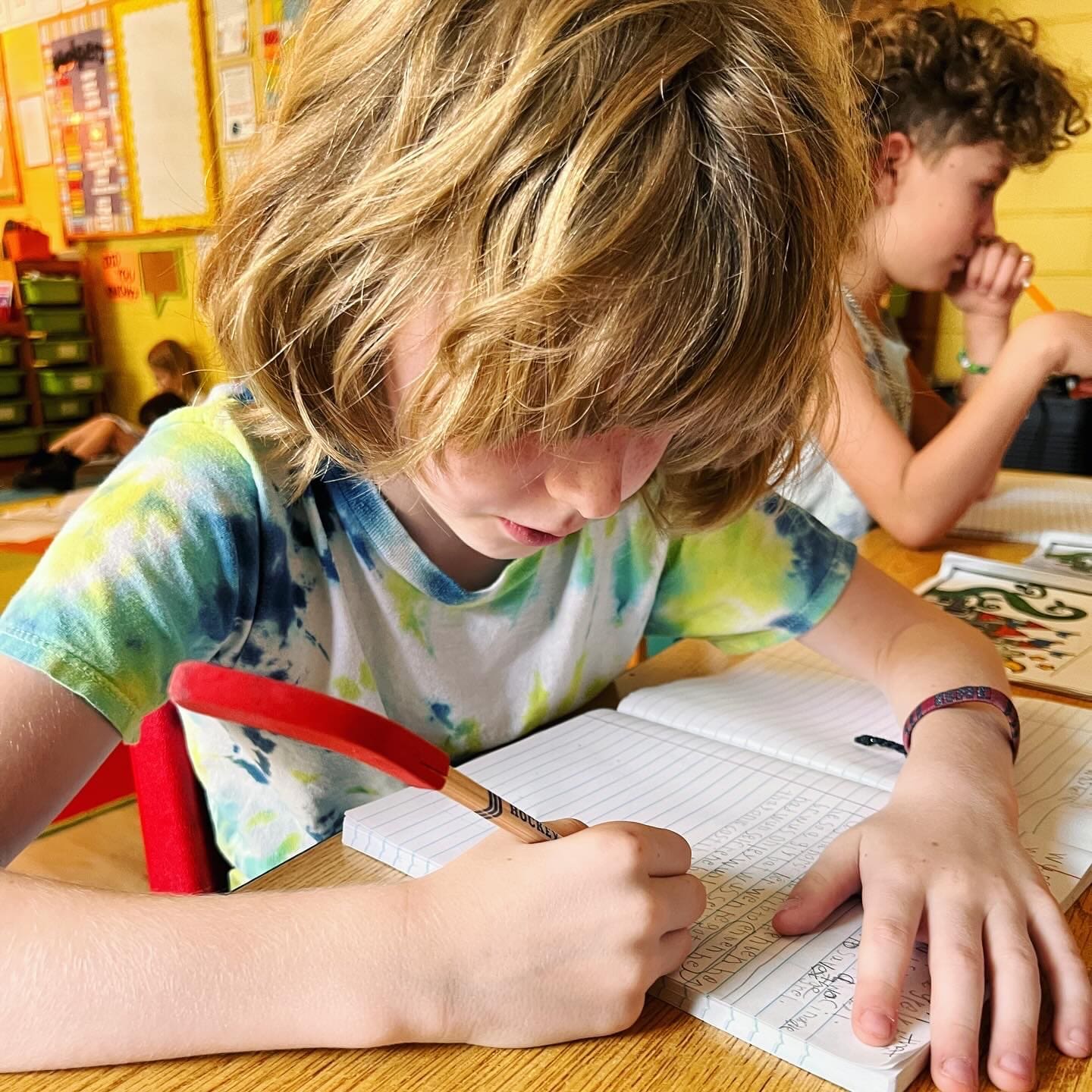
| 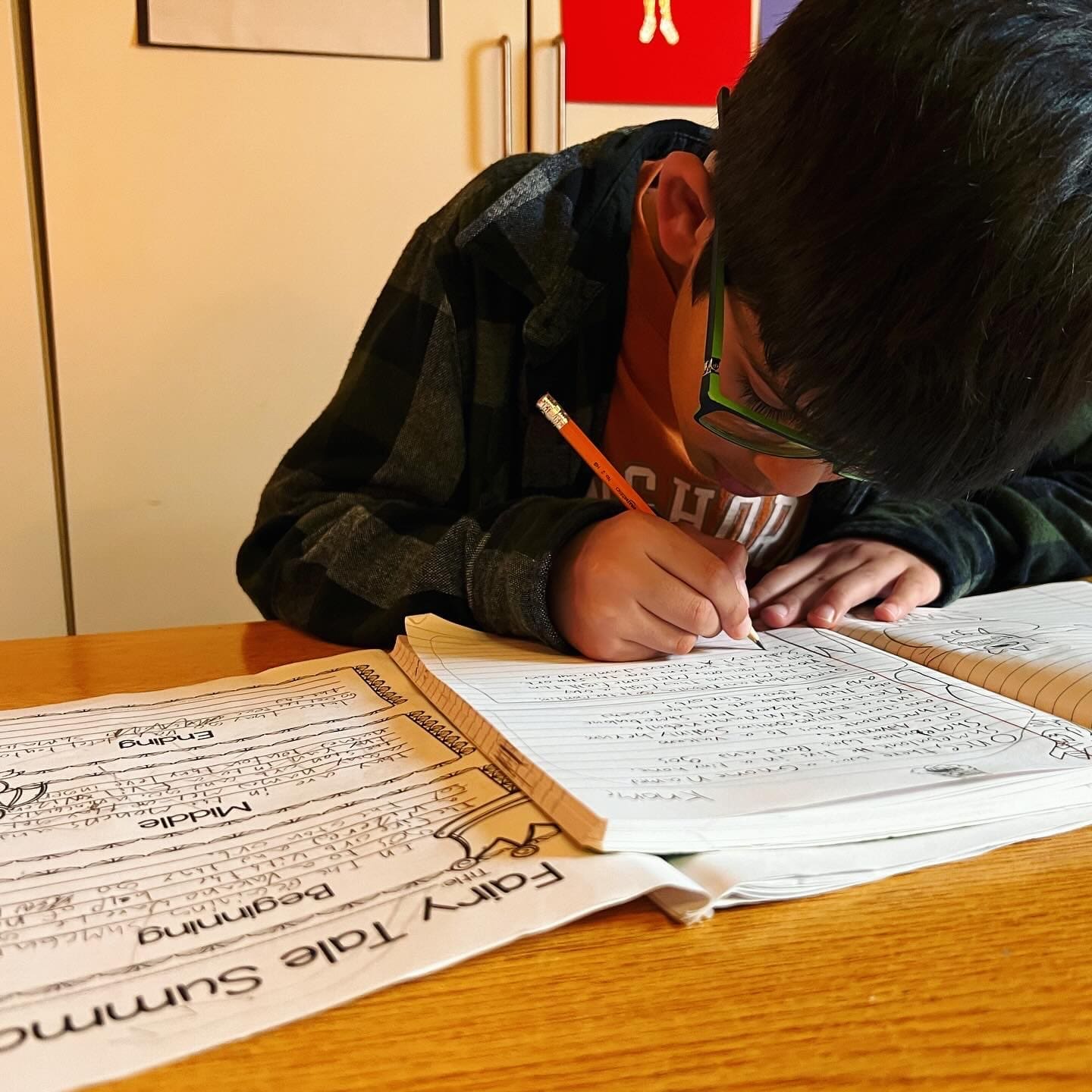
| 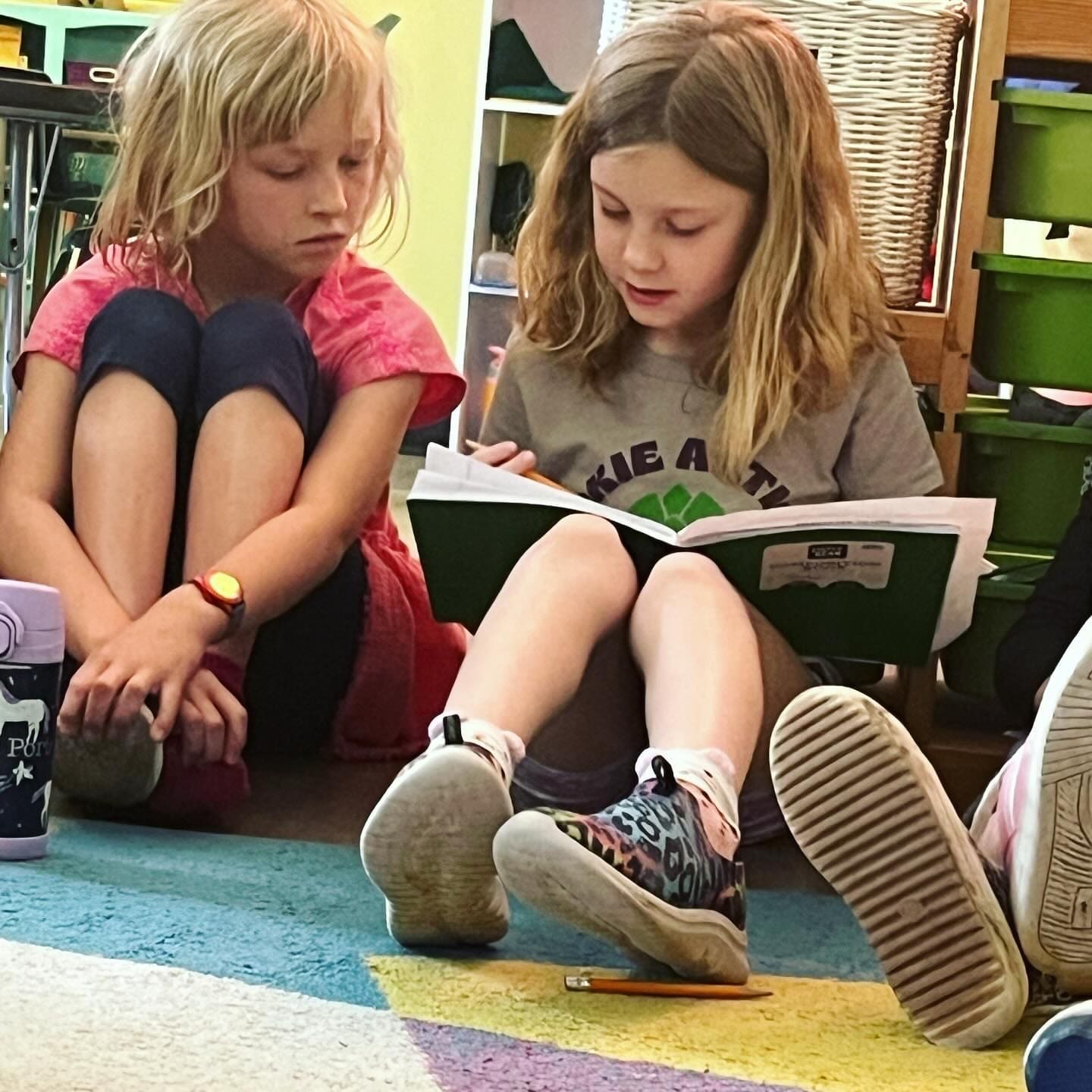
|
|---|---|---|

| 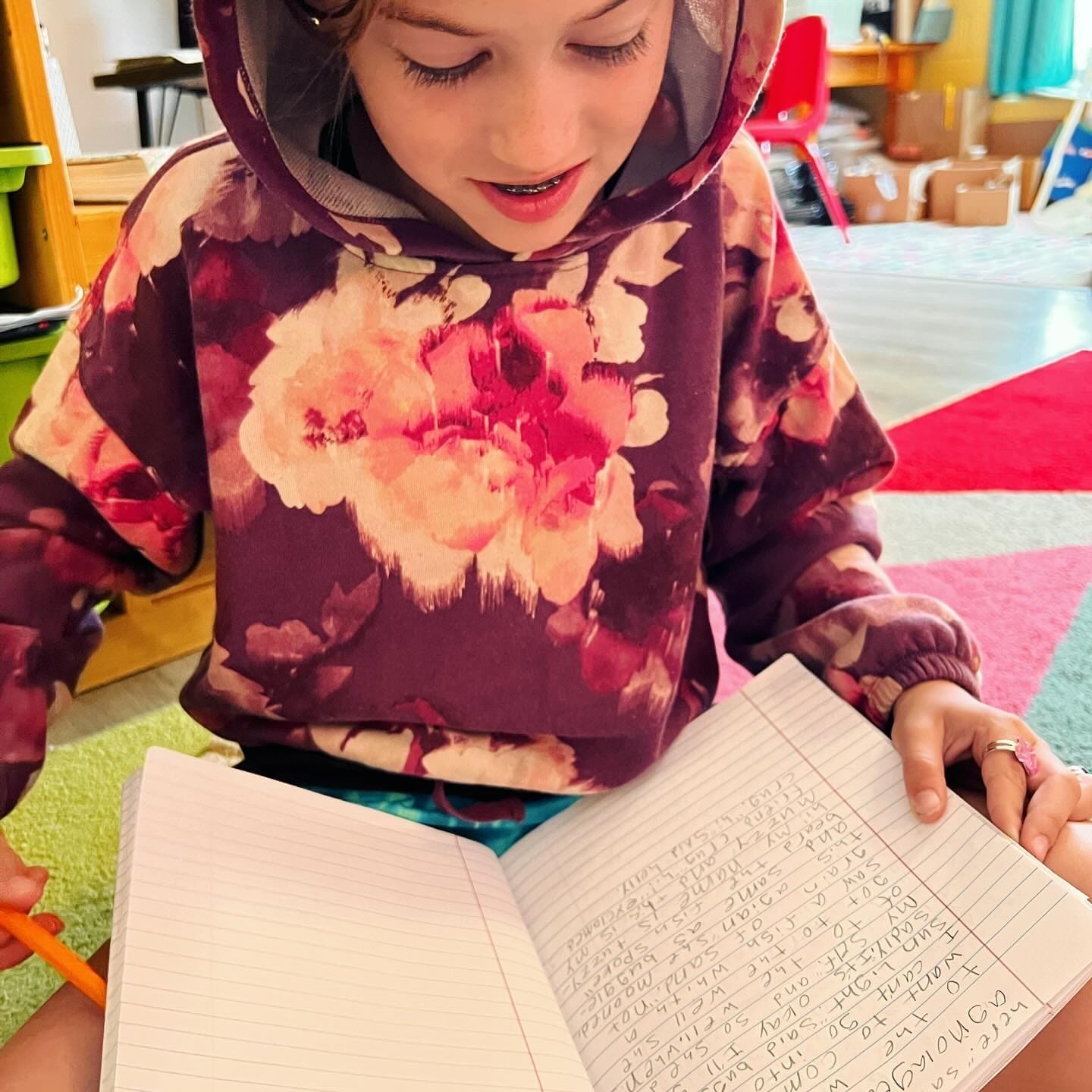
| 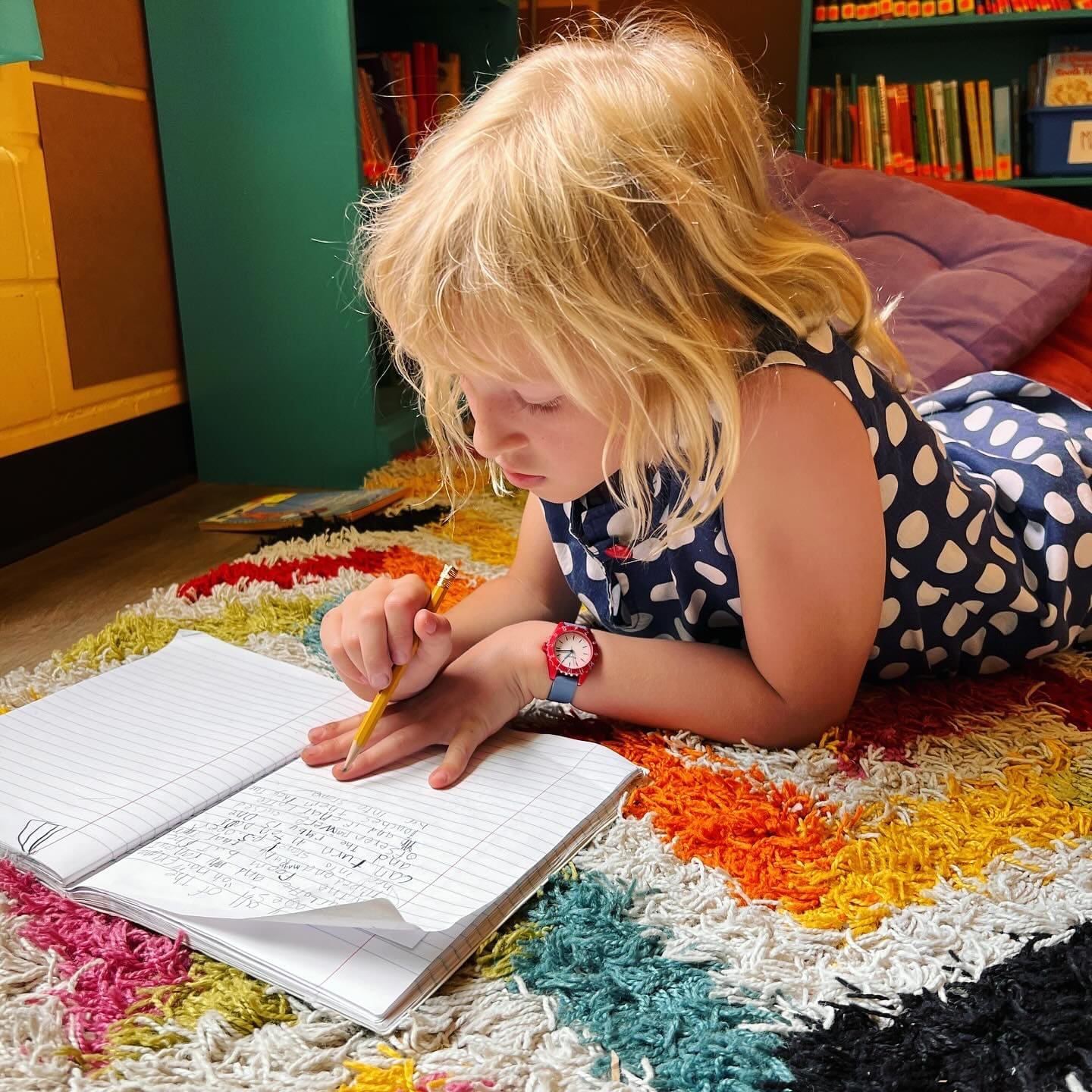
|
Theme –
We are pleased to announce all of our Betas have been dubbed Knights of the Beta Manor! 👏 ⚔️ We are now well protected. We began the week learning about an epic battle for England’s next king back in 1066- The Battle of Hastings.
*The Battle of Hastings was the battle for the English throne between the Norman invaders, led by William of Normandy (also known as William the Conqueror), and the Anglo-Saxon King of England, Harold Godwinson.
In January 1066, the King of England, Edward the Confessor, died and the throne passed to *Harold Godwinson, Edward’s chosen successor. Harold was crowned King at Westminster Abbey.
*However, William, Duke of Normandy, also wanted to be King of England. He enlisted the support of the powerful French nobles and received the blessing of the Pope, to show his claim was lawful. He was then ready to create a huge army ready for his invasion.
*In September 1066, William and his 700 ships containing 15,000 well-trained French troops landed in Britain.
*The two sides then met at the Battle of Hastings. Harold’s 5,000 troops were putting up a good fight when a rumor went around that William had been killed. This led the English to drop their defense shield and meant the Normans could advance and begin their rout of the English troops and the killing of Harold.
*The Bayeux Tapestry depicts the Norman invasion of England and the Battle of Hastings. A tapestry is a type of textile art made by stitching yarn into a design on cloth.
*At the time the tapestry was created, very few people could read. Books were very rare, as each one had to be written by hand. A tapestry told the story in a way that everyone could understand. It is almost like a comic strip. The tapestry is embroidered in terracotta, gold, blue-green, blue and green wool on linen. It is nearly 70 meters long (the length of 7 double-decker buses) and 50 centimeters high.
*The Bayeux Tapestry tells the story of the events of 1066. We have taken a simplified version of the events and given each Beta the task of drawing that particular event. When finished we will assemble our own version of the Bayeux Tapestry!
On Wednesday we left the epic battles and knighthood behind and stepped into the quiet and regimented life of a monk.
*Monks tend to live a simple life of prayer and work. They usually do not have many belongings.
*Some monks helped the sick and the poor. Monks have also spread culture and education. Back in the Middle Ages they were often the only members of society who could read and write. They copied the Bible and other texts and set up some of the first libraries.
*Monks worked on illuminated manuscripts. They spent hours in the scriptorium, or writing room. There they copied the scrolls, letter by letter. Several monks often collaborated on the same book. In most cases, one group concentrated on the script while another did the illustrations.
*An illuminated manuscript is a handwritten book that has been decorated. The decorations include elaborate designs of initial letters or borders and full, miniature pictures. Artists make the decorations using gold or silver leaf and brilliant paint colors.
The Beta Monks first created a rough draft of an illuminated letter, and when embellished to their liking, began to make a final piece.
On Thursday afternoon all of our Beta monks and nuns took a vow of silence before working on their illuminated letter final draft while listening to Gregorian Chants. A VERY meditative and calm end to our week!! 😜 We will finish our masterpieces Monday.
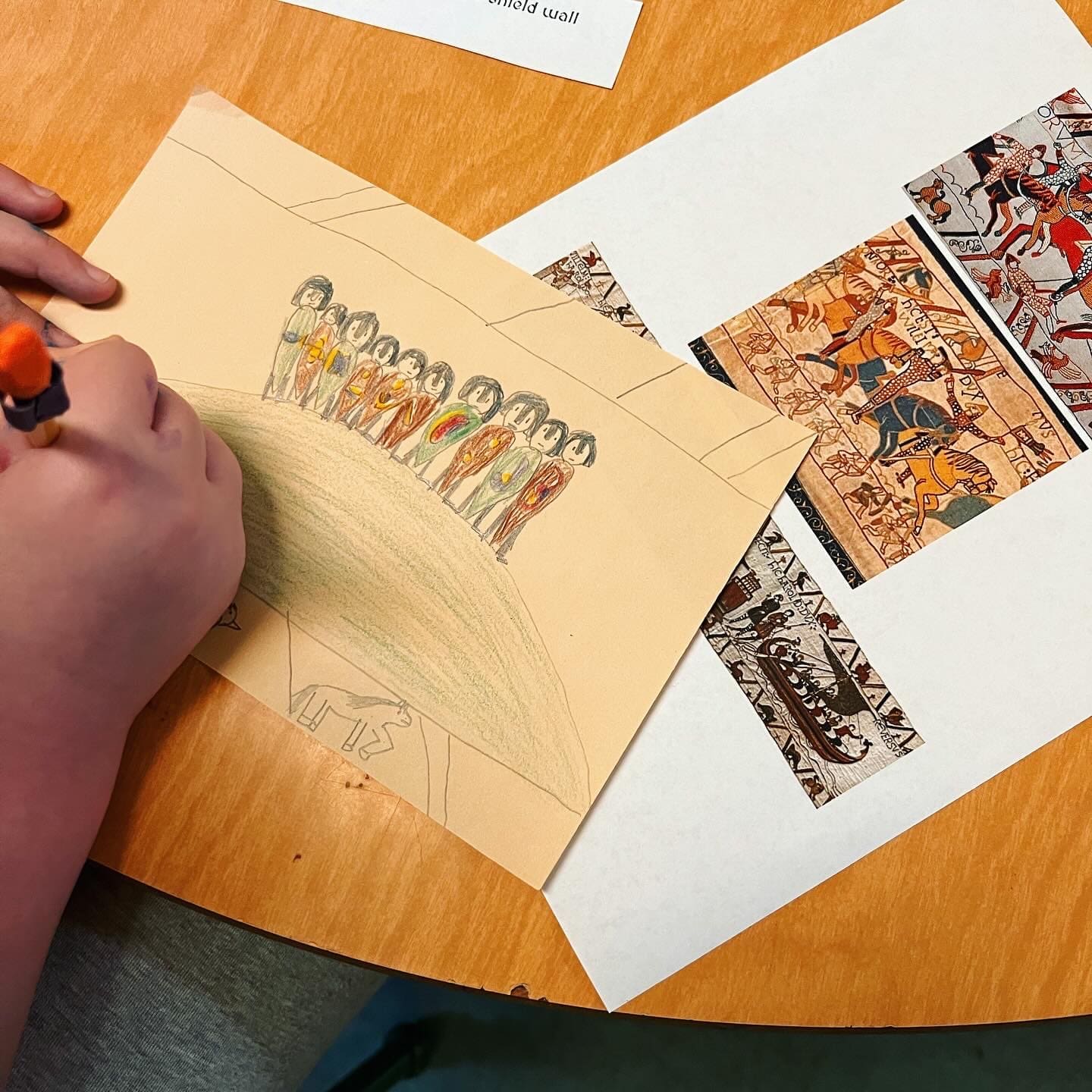
| 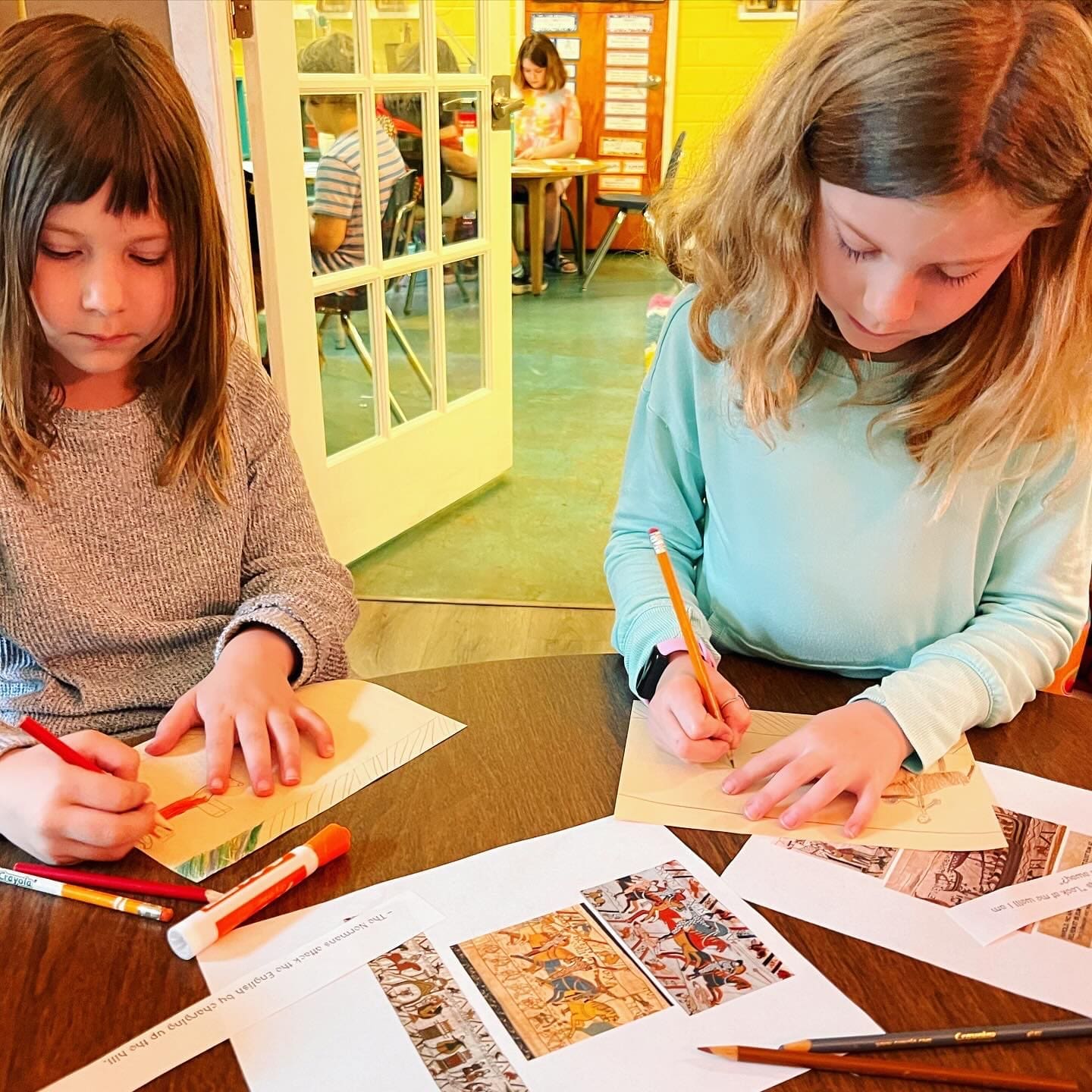
| 
|
|---|---|---|
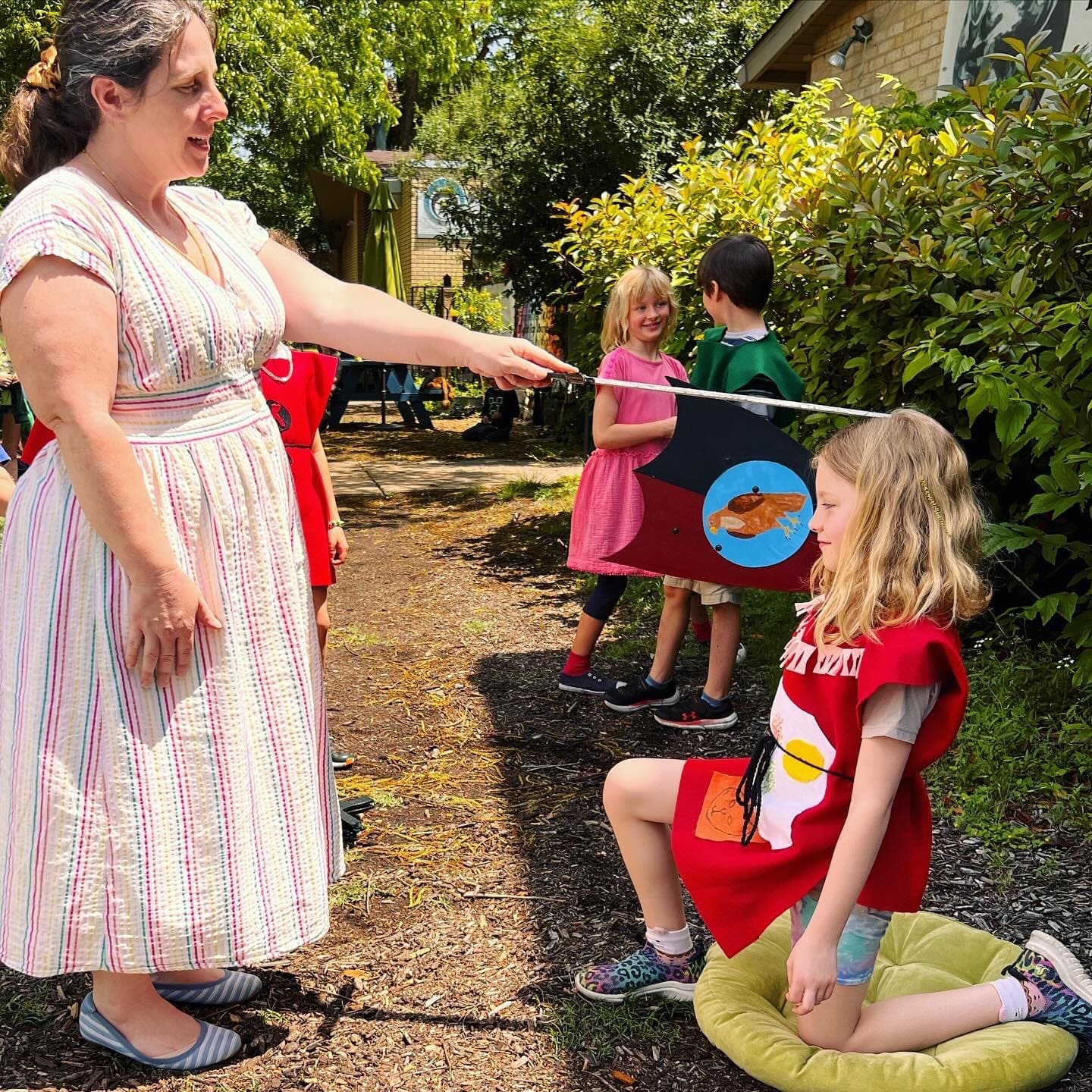
| 
| 
|

| 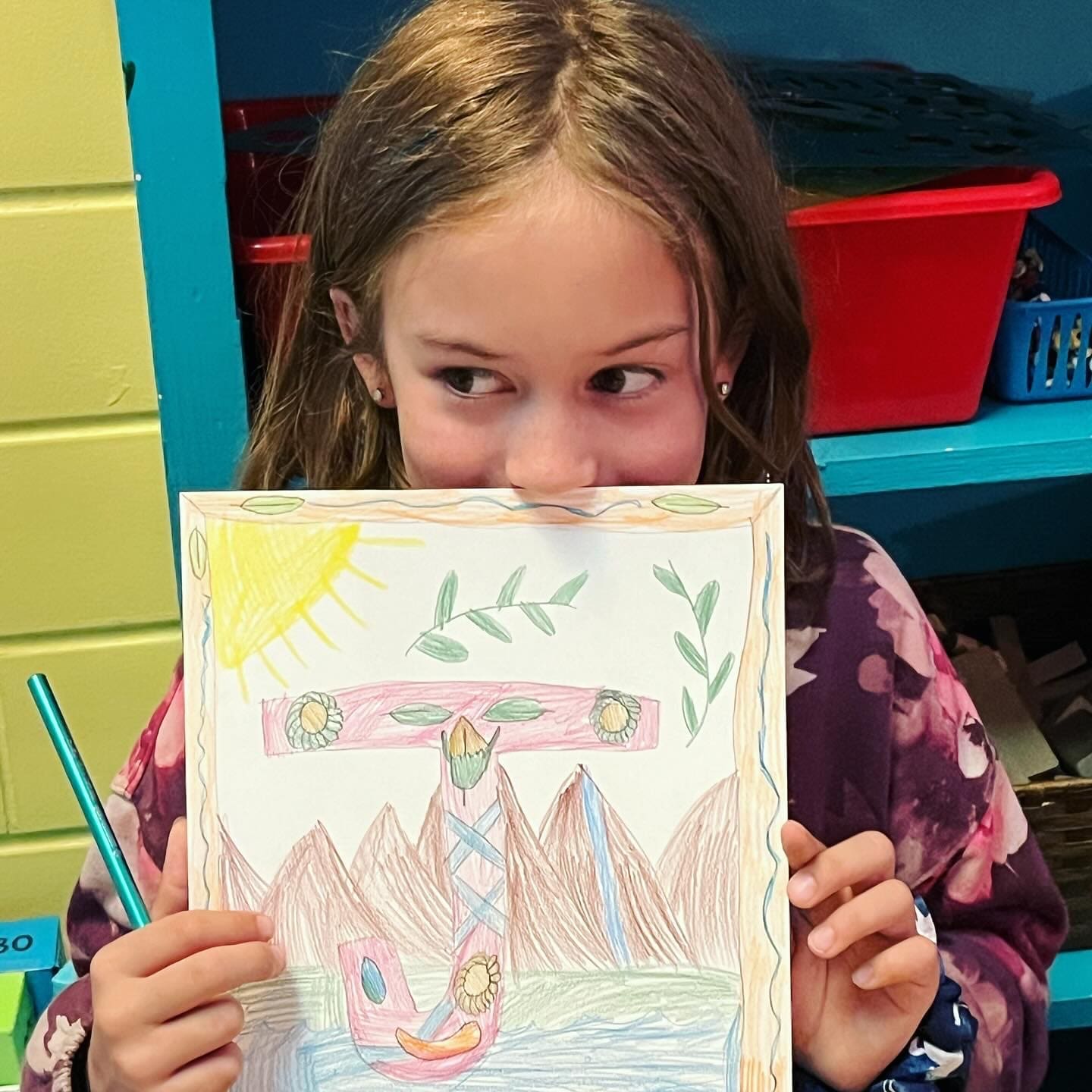
| 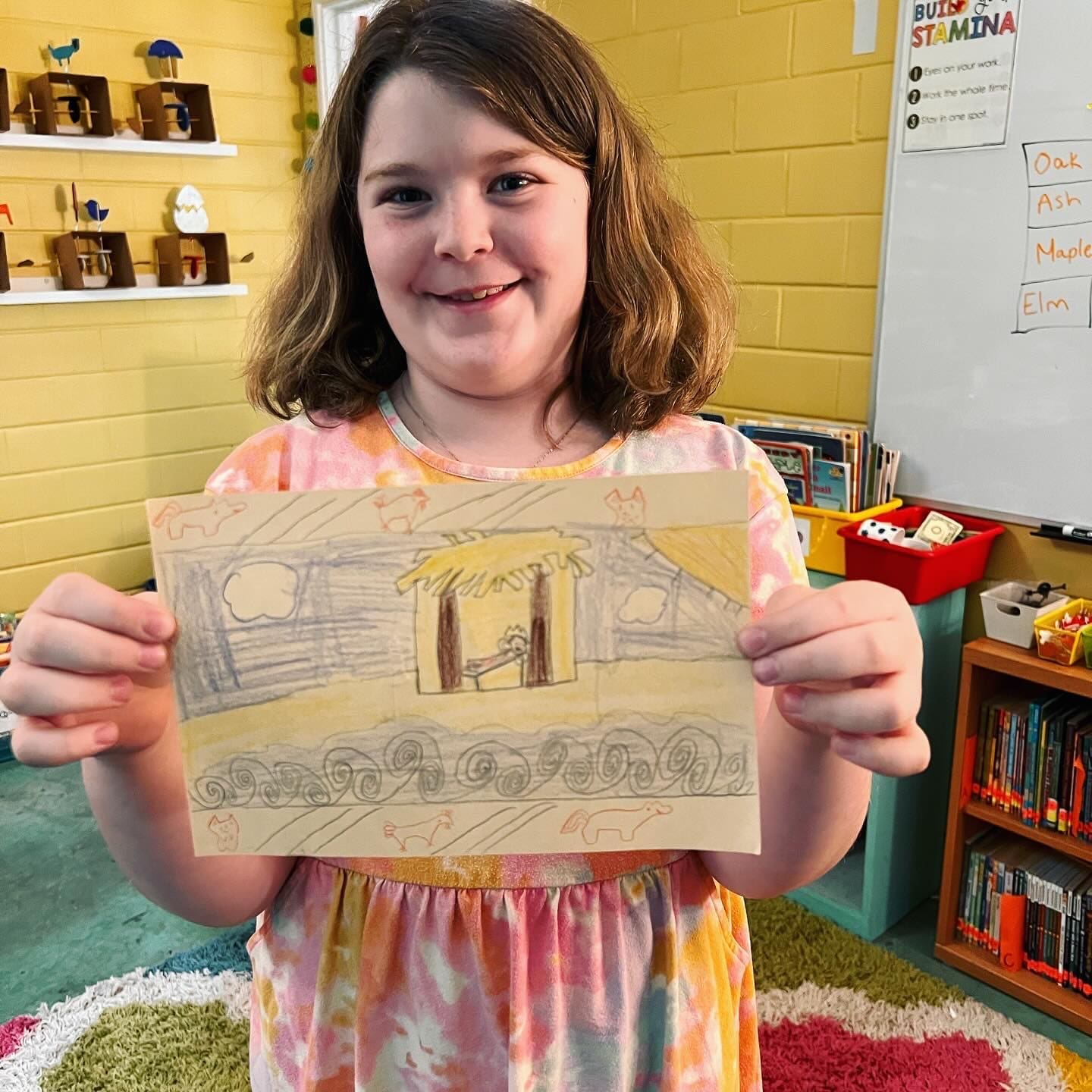
|
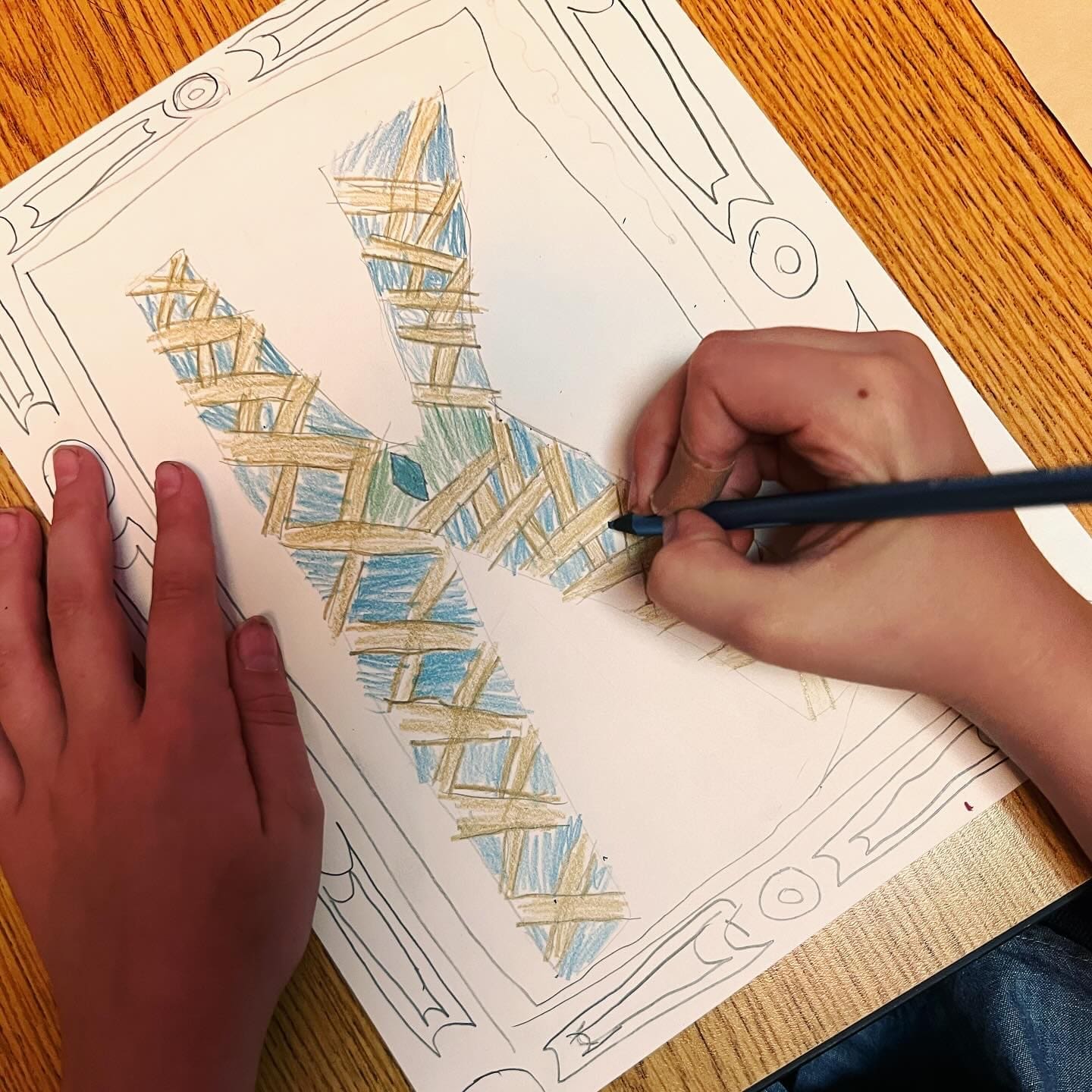
| 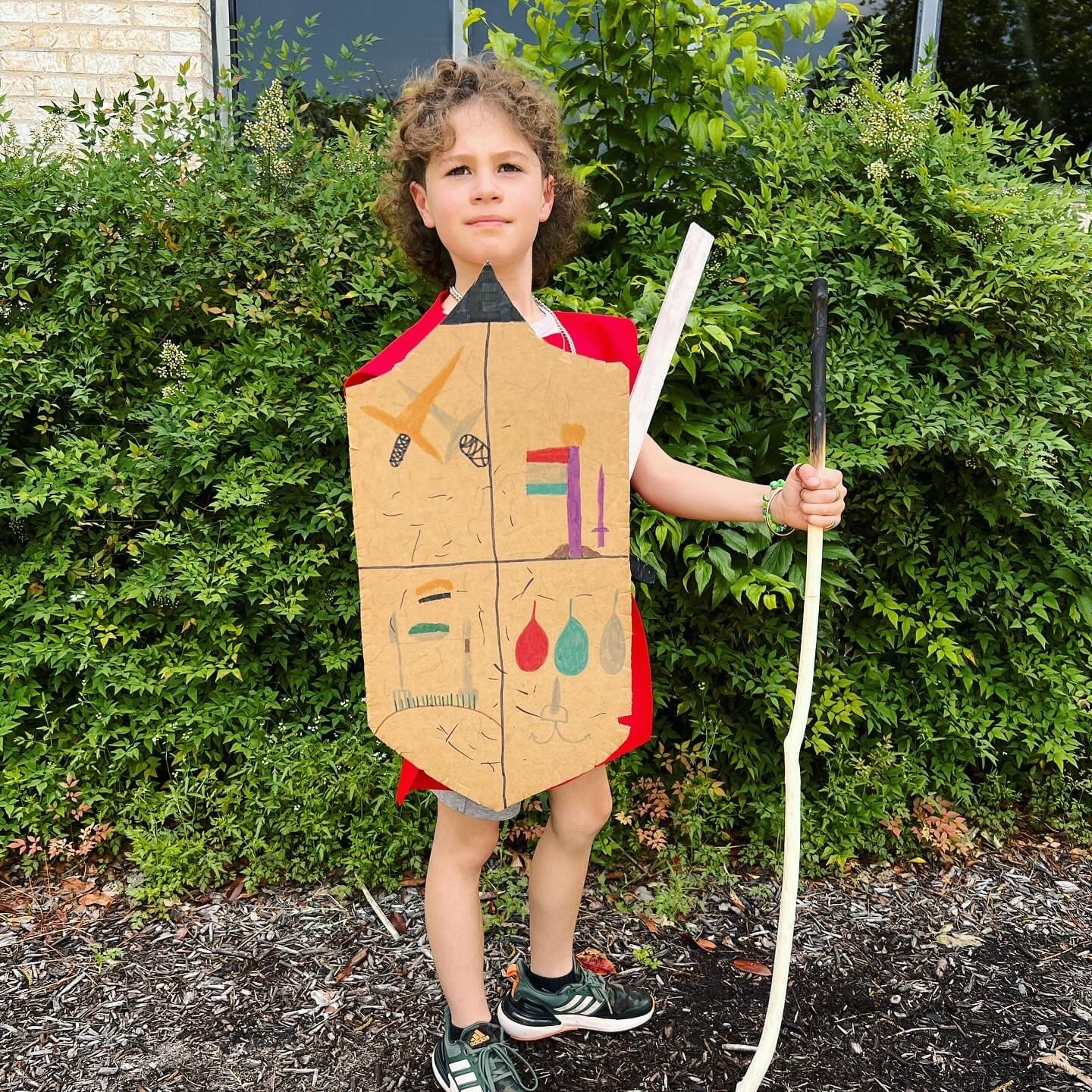
| 
|
*** Want to see more pictures and videos? Don’t forget to check us out on Instagram! ***
@ Beta_class
____________________________________________________________________________________




